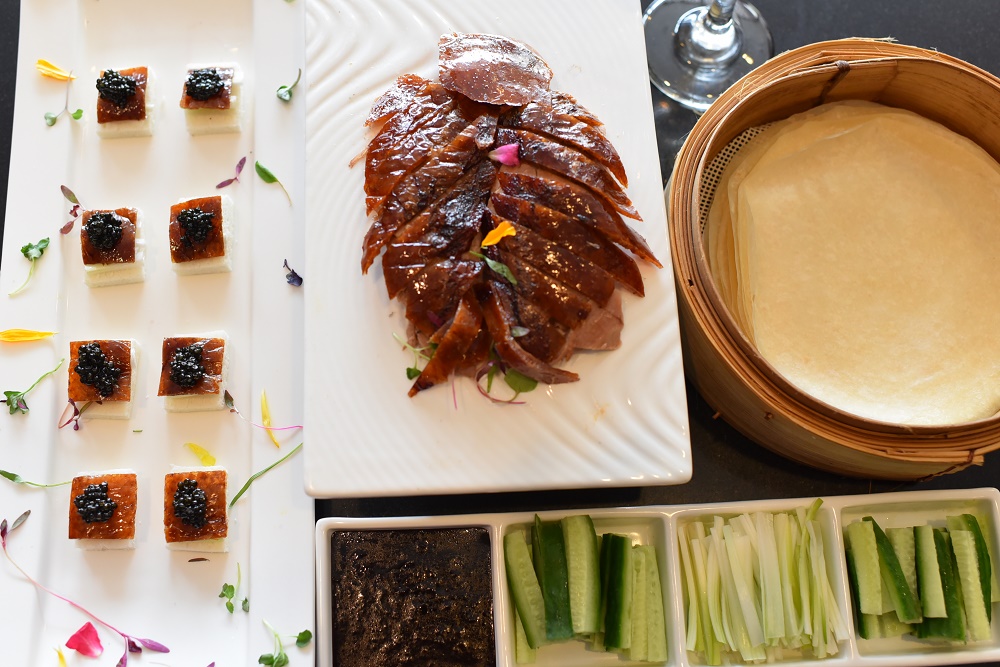
Although people of Chinese ancestry in the United States make up just 1.2 percent of the population, the National Restaurant Association states that 42 percent of Americans state they eat Chinese food regularly. However, the food Americans consume from Chinese restaurants here often bears little resemblance to dishes in China. The reason for this goes back more than 100 years and highlights an ugly history of racism faced by some of the earliest Chinese immigrants.
Early Employment Discrimination and its Relationship to How Chinese Food Tastes Today
Racism against new Chinese immigrants in the late 19th century was so rampant that many could not find jobs. To support themselves and sometimes their families back home, many turned to opening their own restaurants. T
hey catered to American palates by sweetening the taste of many dishes and using ingredients citizens would better recognize rather than traditional exotic vegetables. After decades of serving inauthentic food to their customers, some Chinese restaurant owners are fighting back and introducing more authentic choices.
Fighting Back Against the Stereotype of Cheap, Greasy Food
As Chinese food became more Americanized, it also acquired an unfortunate reputation as an inexpensive, if not sometimes greasy, way to eat. It also became synonymous with take-out food. Disappointed to see their beloved homeland cuisine in such a negative light, newer immigrants to the United States are challenging the status quo. They cater not just to higher income Americans but to Chinese immigrants who have the money to spend on an authentic dining experience.
Besides cooking foods to taste like they did while growing up in China, this new generation of restaurant owners also refuses to decorate in a stereotypical fashion. For some, that means diners won’t see a single dragon decorating their high-end Chinese restaurants. Others pay close attention to the lighting they choose and the ambience it creates for diners.
Improved Service and More Drink Options
Restaurant owners hoping to create a more authentic Chinese dining experience and overcome the unflattering stereotypes about the culture’s food have also focused on providing customers with exceptional service. Waiters are attentive to diners’ every need while chefs use higher quality and more flavorful ingredients to impress their guests.
This new generation of contemporary Chinese restaurant owners has even overhauled its beverage menu to include more fine wine offerings. The move has helped to dismantle the association of cheap Chinese food since people often associate wine with high class dining.
Serving Caviar with Peking Duck
Peking duck, which has enjoyed a long history as a traditional Chinese classic, has received a class upgrade of its own by its recent pairing with caviar, an upscale American food. Servers present the dish to diners on two plates. On the first sits the traditional Peking duck wrapped in a thin pancake and accompanied by cucumber, spring onions, and sweet bean sauce.
The second plate contains crispy duck skin topped by tiny morsels of caviar, a layer of toast, and a thin layer of fat. The crispiness of the duck and the softness of the caviar creates a taste sensation that those early immigrants and restaurant owners from China could hardly imagine. The newest wave of immigrants honors their ancestors in a special way just by going back to their roots.
Join the discussion on this topic with The Task Lab by visiting our contact page.
 2018 ·
2018 ·